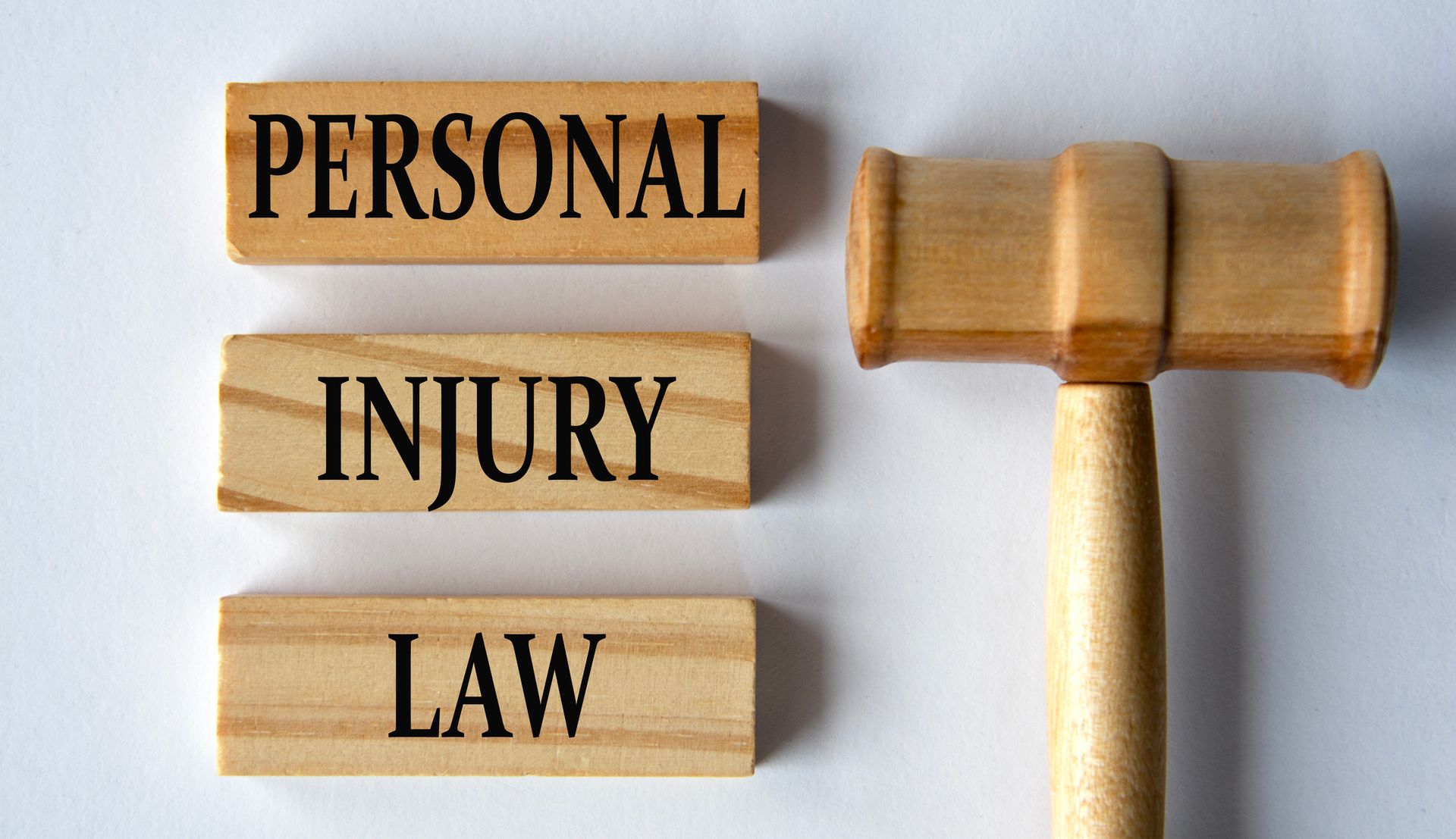Night Driving
The Official Start of Fall Means More Night Driving
NIGHT DRIVING IS MORE DANGEROUS
While we do only one quarter of our driving at night, 50% of traffic deaths happen at night. It doesn't matter whether the road is familiar or not, driving at night is always more dangerous. More than 42,000 people were killed in car crashes in 2020, according to Injury Facts. Shorter days, fatigue, compromised night vision, rush hour and impaired drivers are some of the risks we face when driving at night. These risks become especially pronounced moving into the weekend, with fatal crashes peaking on Saturday nights, according to National Safety Council analysis of NHTSA data.
With the official start of fall on September 22, there is less daylight and therefore more night driving. When Daylight Saving Time ends – for 2022, that's 2 a.m. Sunday, Nov. 6 – many people will find themselves spending more time driving in the dark. Depth perception, color recognition and peripheral vision can be compromised in the dark, and the glare of headlights from an oncoming vehicle can temporarily blind a driver. Night driving is dangerous because, even with high-beam headlights on, visibility is limited to about 500 feet (250 feet for normal headlights) creating less time to react to something in the road, especially when driving at higher speeds.
AGE MAKES A DIFFERENCE
Night vision is the ability to see well in low-light conditions. As we age, we have greater difficulty seeing at night. A 50-year-old driver may need twice as much light to see as well as a 30-year-old. At age 60 and older, driving can become even more difficult, according to the American Optometric Association. Some older drivers also may have compromised vision due to cataracts and degenerative eye diseases.
The AOA recommends older drivers:
- Have annual vision exams
- Reduce speed
- Take a driving course; even experienced drivers can benefit from a refresher course, and some of the rules have probably changed
- Minimize distractions, like talking with passengers or listening to the radio
- Check with your doctor about side effects of prescription drugs
- Limit driving to daytime hours if necessary.
DROWSY DRIVING
With a greater part of the day becoming darker, drowsy driving—or driving while fatigued—happens more often. Fatigue as a risk factor tends to be under-estimated, but it is a real risk: losing two hours of sleep has the same effect on driving as having three beers, and tired drivers are three times more likely to be in a car crash if they are fatigued.
The statistics regarding drowsy driving are truly scary. A National Sleep Foundation poll says 60% of adults have driven while they were tired, and another 37%, or 103 million people, have fallen asleep at the wheel. Of those, 13% say they fall asleep while driving at least once a month, and 4% say they have caused a crash by falling asleep while driving. The reasons are many – shift work, lack of quality sleep, long work hours, sleep disorders – and it doesn't only happen on lengthy trips.
These staggering numbers are backed up by a report by NHTSA that 100,000 police-reported crashes are a result of driver fatigue. Most crashes or near-misses happen at the times you would expect drivers to be tired: 4 to 6 a.m., midnight to 2 a.m. and 2 to 4 p.m., according to NSF.
The National Sleep Foundation offers this advice:
- Get seven or more hours of sleep a night
- Don't drive if you've been awake for 16 hours or more
- Stop every two hours to rest
- Pull over and take a nap if you're drowsy
- Travel during times you are normally awake
DRIVING WHILE IMPAIRED
Impaired drivers are most frequently on the road after dark – particularly between the hours of midnight and 3 a.m. on weekends. While drunk driving has declined by about one-third since 2007, the number of drivers under the influence of drugs has increased. Between 2013 and 2014, 22% of drivers tested positive for a drug that would cause impairment, according to a roadside survey conducted by the National Highway Traffic Safety Administration. NHTSA also found that the prevalence of THC (found in marijuana) among drivers on weekend nights increased 48% since 2007, from 8.6% of drivers to 12.6%. Many states have not yet updated their impaired driving laws to address this growing problem.
CONTACT YOUR ATTORNEY
With the beginning of fall and the shorter days that accompany the season, drivers will spend more time on the road after dark. Despite all of our best efforts, accidents will occur. When involved in an accident, contact Dave Thomas at The Thomas Law Firm for a free consultation regarding your legal rights.








